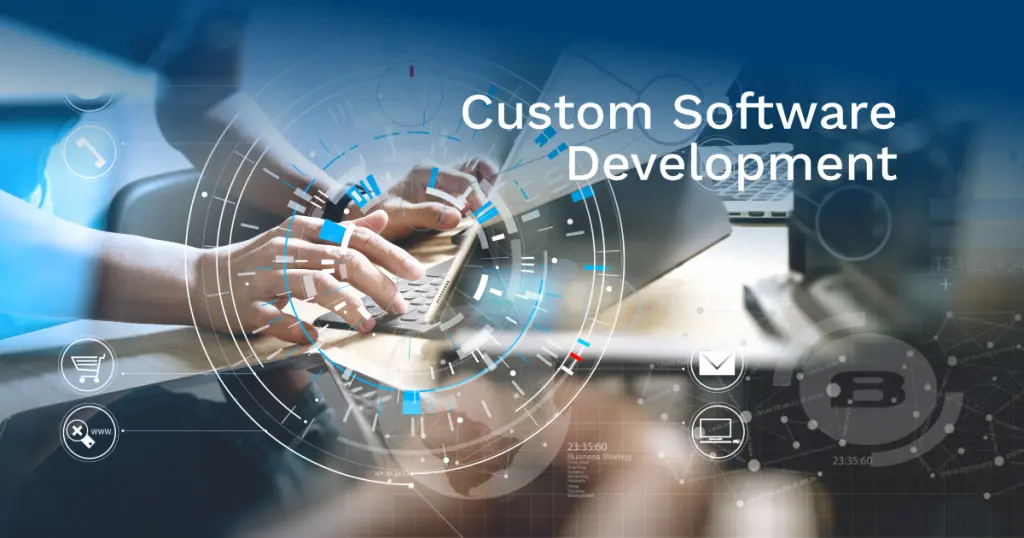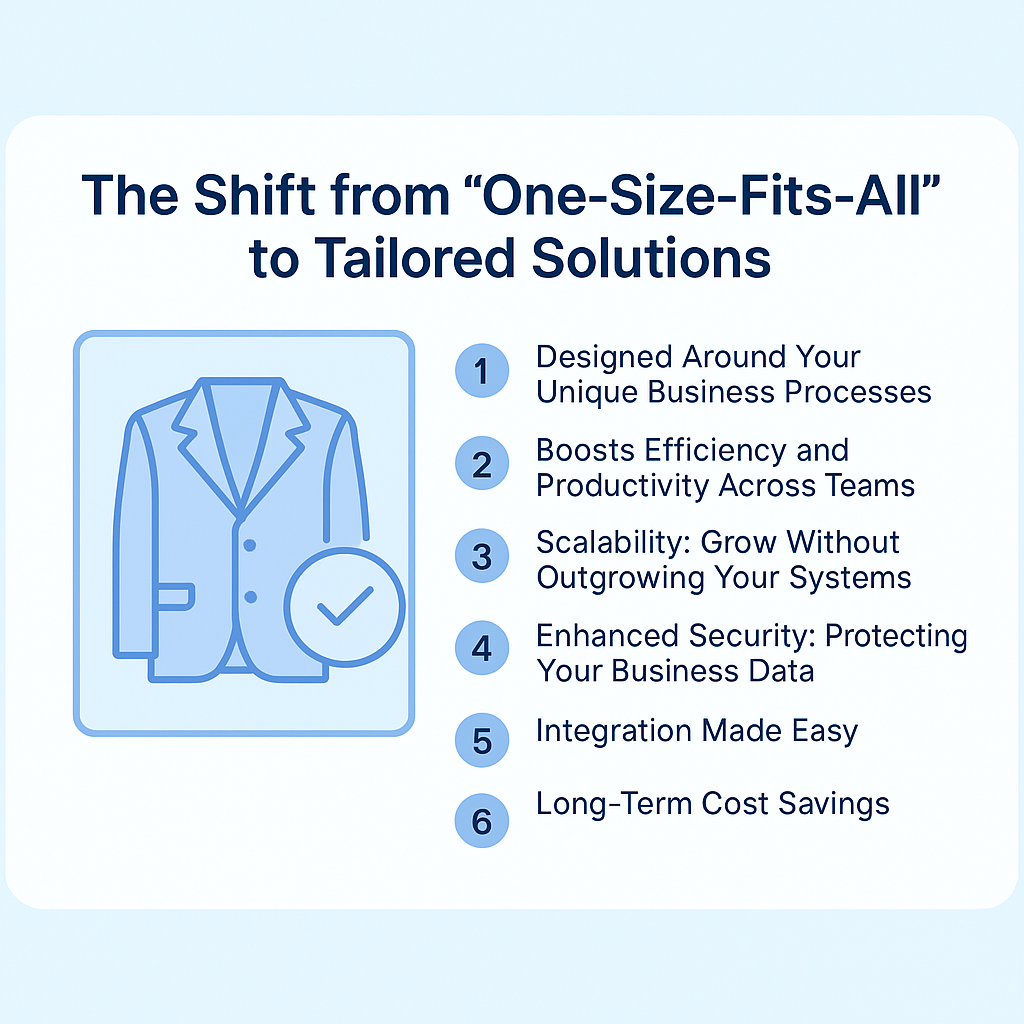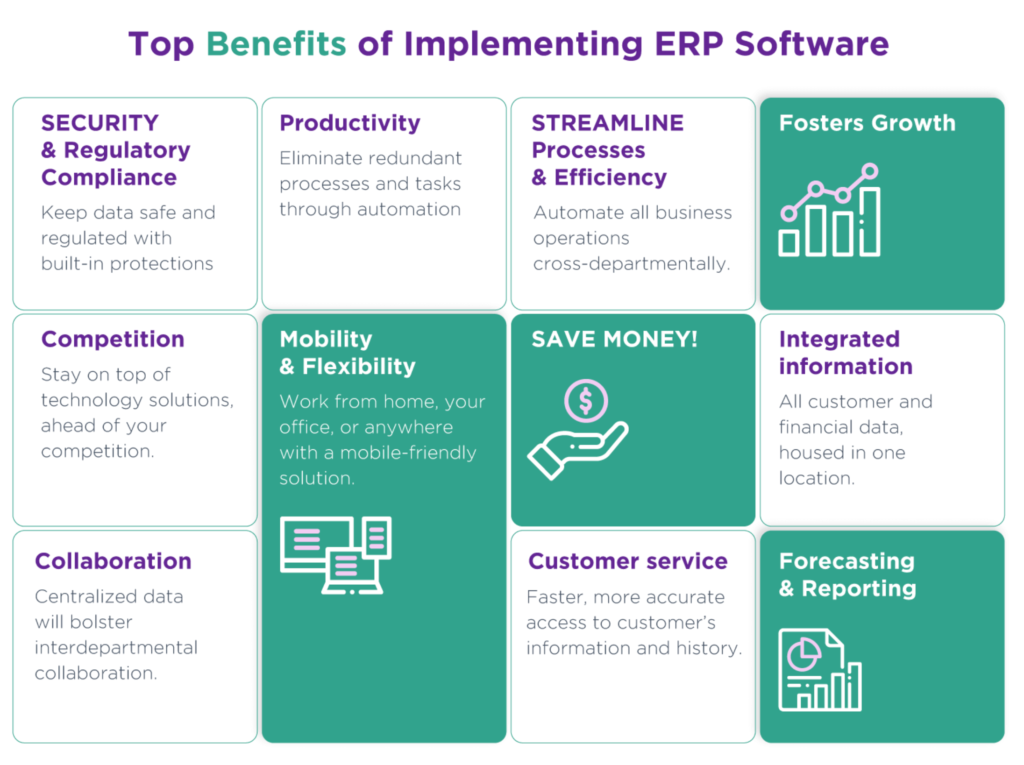Running a business today demands smarter technology decisions than ever before. With the constant flood of tools, platforms, and digital solutions, choosing between SaaS solutions and custom software development often becomes a critical crossroad.
Should you opt for a ready-to-use cloud-based SaaS solution?
Or should you invest in custom software tailored specifically to your business needs?
At first glance, SaaS might seem faster and cheaper. But dig deeper, and you’ll realize that what works today may not always scale tomorrow. Custom software promises control and flexibility — but it also requires time, budget, and long-term commitment.
In this guide, we’ll unpack everything you need to know about SaaS vs Custom Software, the advantages and drawbacks of each, and how to decide based on where you are (and where you’re going) with your business.
Understanding the Basics: SaaS Solutions vs Custom Software
Before diving into comparisons, let’s clarify the basics:
- SaaS Solutions (Software as a Service)
SaaS platforms are pre-built software applications hosted in the cloud. You subscribe to them (usually monthly or yearly) and access them via the internet. - Custom Software
Custom-built software is uniquely developed for a specific organization. You own the code, the functionality matches your needs exactly, and you control the updates and integrations.
Both approaches solve real problems — but they do it very differently.
Advantages of SaaS Solutions
SaaS has revolutionized the business world in the last decade, and for good reason. Here’s why so many companies initially go with SaaS:
1. Quick Deployment
SaaS tools are ready to go almost instantly.
You sign up, pay, and start using the platform within minutes or hours — no months-long development cycles.
2. Lower Upfront Costs
No need to hire developers, set up servers, or build infrastructure. SaaS solutions are subscription-based, making them much easier to budget, especially for startups and SMEs.
3. Easy Scalability
Most SaaS platforms are built on cloud infrastructure, allowing you to upgrade, downgrade, or adjust usage based on your needs without big technical efforts.
4. Automatic Updates and Support
Vendors handle software updates, bug fixes, and customer support. You don’t have to worry about maintaining the platform yourself.
5. Access from Anywhere
Because SaaS is cloud-based, your teams can collaborate and access data from any device, anywhere in the world.
Disadvantages of SaaS Solutions
Despite its appeal, SaaS isn’t perfect for everyone.
1. Limited Customization
You’re using a shared platform built for the masses. If you need highly specific features or workflows, you might find SaaS restrictive.
2. Ongoing Costs
Subscriptions seem cheap initially, but over time, the monthly/yearly payments add up — especially as your team grows.
3. Data Ownership and Security Concerns
You trust your business-critical data to a third-party provider. If the provider experiences downtime, cyberattacks, or even shuts down, your operations could be at risk.
4. Integration Challenges
Many SaaS platforms offer integrations — but not always the ones you need. Forced workarounds can create messy tech stacks.
5. Vendor Lock-In
Once your data and processes live inside a SaaS platform, switching to another provider (or to custom software) can be difficult and costly.
Advantages of Custom Software Development
Custom software often requires more investment upfront — but it can pay off in powerful ways.
1. Tailored to Your Business
Everything about your custom solution is built around your processes, goals, and competitive advantages.
2. Full Control
You decide the features, workflows, user experience, and security standards. You’re not limited by a vendor’s roadmap.
3. Scalability on Your Terms
As your company grows, your software grows with you. You can prioritize the features and modules that matter most over time.
4. Competitive Advantage
A unique platform can differentiate you from competitors relying on the same third-party SaaS tools.
5. Enhanced Security
Your development team can implement security protocols specific to your industry, avoiding vulnerabilities common to mass-market software.
Disadvantages of Custom Software Development
Still, custom development isn’t for everyone:
1. Higher Initial Costs
Designing and building from scratch can be expensive, especially if you’re not clear about your requirements from the beginning.
2. Longer Development Time
Unlike SaaS, you won’t be up and running overnight. Planning, building, testing, and deploying custom software can take months.
3. Maintenance Responsibility
Once your software is live, you (or your chosen vendor) will need to handle bug fixes, updates, and server maintenance.
4. Requires Internal Commitment
Successful custom projects need input from business leaders, managers, and sometimes even users. Lack of involvement can derail the project.
SaaS vs Custom Software: Key Questions to Ask Yourself
Before you decide between cloud vs custom software, ask yourself:
- How unique are my business processes?
If your workflows are standard, SaaS might be sufficient. If they’re complex or strategic, custom is better. - What’s my budget and timeline?
If you need a solution fast and cheap, SaaS fits. If you can invest and plan long-term, custom software becomes more attractive. - Do I need control over features and data?
Custom software gives full control. SaaS shares control with the vendor. - How important is security and compliance?
Industries like healthcare, finance, and government usually favor custom-built solutions for stricter compliance needs. - How will my business evolve in 3–5 years?
If you expect rapid scaling, having your own software could save major headaches and costs down the road.
Cloud vs Custom Software: Trends in 2025 and Beyond
As we move deeper into the AI-driven, cloud-powered world of business, both SaaS and custom solutions are evolving.
- AI-Powered SaaS: Many SaaS platforms now integrate machine learning and predictive analytics out of the box.
- Custom AI Solutions: Businesses are increasingly building AI-driven custom software to create hyper-personalized customer experiences.
- Hybrid Cloud Customization: Some companies start with SaaS and later add custom-built integrations and modules using cloud-based APIs.
- Security-First Approaches: Data privacy laws (like GDPR, HIPAA) are driving more businesses toward private, secure custom-built platforms.
The line between SaaS and custom software is blurring. Many smart companies combine the best of both worlds.
Real-World Example: SaaS vs Custom Software
Startup Using SaaS:
A two-person HR consulting firm starts by using SaaS products like HubSpot (CRM), QuickBooks (accounting), and Zoom (meetings). Quick, easy, and minimal investment.
Enterprise Going Custom:
A global logistics company builds a custom internal operations platform connecting inventory, routes, real-time GPS data, and customer portals — tailored 100% to their workflow, giving them a competitive edge.
Their needs are different. Their growth trajectories are different. That’s why the right choice depends so much on your business’s size, needs, and future ambitions.
The Bottom Line: Which Should You Choose?
If you’re just getting started, need rapid deployment, or have generic needs, SaaS solutions are a great starting point.
If your business is scaling, needs flexibility, differentiation, and complete control, custom software becomes the strategic investment that pays off.
It’s not about which option is universally better — it’s about what’s better for you right now and where you’re headed.
Think not just about today’s convenience, but tomorrow’s possibilities. Choose wisely, and your technology will become your biggest ally for growth.
Conclusion: Invest in Your Future
Your software choices today will shape your competitiveness tomorrow.
SaaS offers speed and affordability. Custom software offers flexibility and unique power.
If you’re not sure which way to go, it’s smart to consult with experienced software experts who can evaluate your business model, goals, and growth plans — then guide you toward the right decision.
Ready to explore custom software or hybrid strategies for your business? Talk to our consultants today and let’s build something amazing together.











